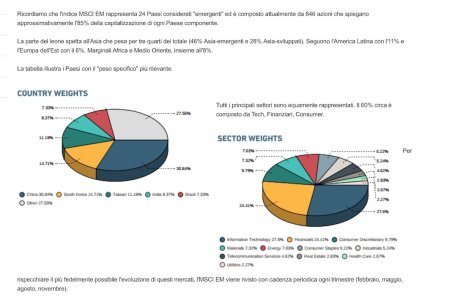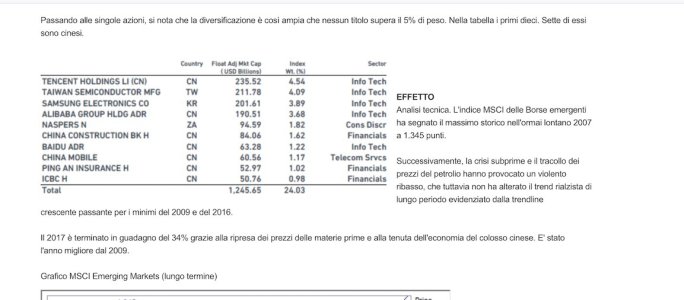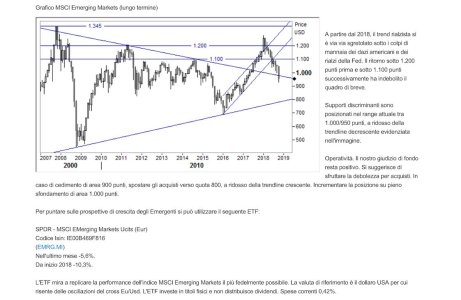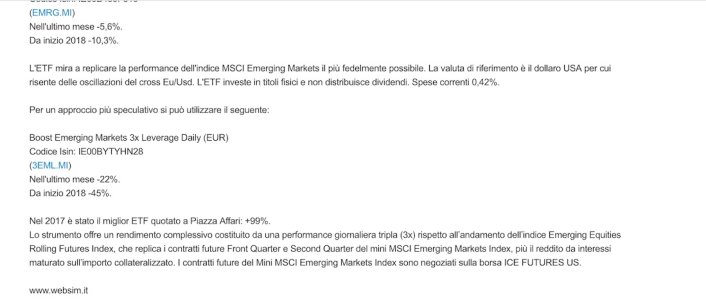March 25, 2020 at 11:50 a.m. ET
By Brett Arends
The coronavirus crisis has created an extraordinary buying opportunity in emerging market stocks for anyone hoping to save for their retirement, say two independent investment houses.
Buy a broad portfolio of inexpensive “value” stocks in developing markets such as China, South Korea, Russia, Brazil, India and you’ve got a good chance of doubling your money or better over the next five to seven years, say number crunchers at investment advisory firm Research Affiliates in Newport Beach, Calif., and at the blue chip money managers GMO in Boston.
“Value” stocks are those that are inexpensive in relation to business fundamentals such as company revenues, assets and earnings. They are typically in slower-growing businesses. They are contrasted with “growth” stocks, which are typically in more dynamic companies but which are usually expensive in relation to fundamentals.
Naturally investors will need strong nerves to buy into the maelstrom of the global pandemic. But those who are investing retirement accounts such as a 401(k) or an IRA should be thinking in horizons of five, 10, or even 20 years, financial advisers say.
Ben Inker, head of asset allocation at GMO, confirms that the collapse of emerging market stock prices this month has added to what was already an enormous opportunity for investors.
“Our general rule of thumb is that if a market goes down by 7%, that increases the return by 1% a year for seven years,” says Inker.
By that measure, GMO numbers estimate that a broad basket of emerging market stocks bought today are likely to generate annual real returns of 7.5% a year over seven years. If that were to pan out, it would boost your portfolio’s value by 60% in total.
And it estimates that a basket of emerging market value stocks is likely to generate average real returns of nearly 14% a year, enough to raise your retirement account’s value by 150%.
Research Affiliates’ own calculations are similar though a bit more modest. They are estimating so-called “real returns” from emerging markets value stocks of between 10% and 12% a year over the next five or so years.
All these are estimates, not predictions, and there are no guarantees.
There again, that is also true of all other investment recommendations and advice. GMO estimates are based upon stock valuations, business fundamentals and economics.
The average “real return” on the U.S, S&P 500 index SPX, has been about 6.5% since the 1920s, according to data by New York University’s Stern School of Business. But GMO fears that even from current levels the seven-year returns from large U.S. stocks are likely to be about zero.
The success rate of GMO’s predictions has been debated in the past. One study in 2008 found them “prescient enough to be a useful input into investment decisions,” and said “Investors should be grateful to GMO for providing this free service.” Others, more recently, have been a bit more skeptical.
But GMO, and its chairman Jeremy Grantham, famously predicted the bear markets that began in 2000 and 2008. Less well remembered: Grantham and GMO turned very bullish on stocks during the depths of the 2008-9 crash.
Although there are no low-cost exchange-traded funds that perfectly track the MSCI Emerging Markets Value index, a number of them come close. ....
By happenstance, GMO senior investment strategist James Montier has just published a new “white paper,” or research letter, on the subject of emerging markets. It was written before the crisis exploded, and relied on the market valuations seen at the end of February.
“Emerging markets are trading on a Shiller P/E of 13x,” he writes. (The “Shiller P/E” is a price-to-earnings measure popularized by Yale finance professor Robert Shiller: It compares share prices to company earnings over the past 10 years. It has proven remarkably successful at predicting medium-term investment returns, and earned Shiller the Nobel Prize for economics.)
“This is the level of valuation that generally gets me excited,” Montier continues. “We have not experienced permanent impairment of capital from this level outside of markets that have shut down due to war. This doesn’t guarantee short-term returns or that we have reached a bottom: cheap stocks can always get cheaper. But it does provide a compellingly attractive entry point for those with a long horizon. Even better are the value stocks within emerging markets, which trade on single-digit Shiller P/Es.”
GMO calculations show that the U.S. stock market has traded on a Shiller PE of 13 — which is where “emerging markets” were on Feb. 29 — on 13 occasions in the past. Although markets typically hadn’t hit bottom at that point, the average longer-term investment return from there, GMO calculates, was about 100% over five years and 254% over 10.
“Without question, the level of value offered by EM value stocks on a Shiller P/E of 9x is exceedingly attractive,” Montier continues. “Does this mean that value stocks can’t go down? Of course not…. buying when cheap is no guarantee of immediately higher returns. But it does bode well for good long-term returns.”
The MSCI Emerging Markets index has fallen 20% from the Feb. 29 date Montier used for his calculations. The MSCI Emerging Markets Value Index has fallen 23%.That means the longer-term returns should be substantially higher.
...
If you do this now, you might be able to double your retirement portfolio - MarketWatch
GMO’s Grantham Sees a Silver Lining in Coronavirus Crisis | ThinkAdvisor
Stocktake: Reinvesting when terrified






